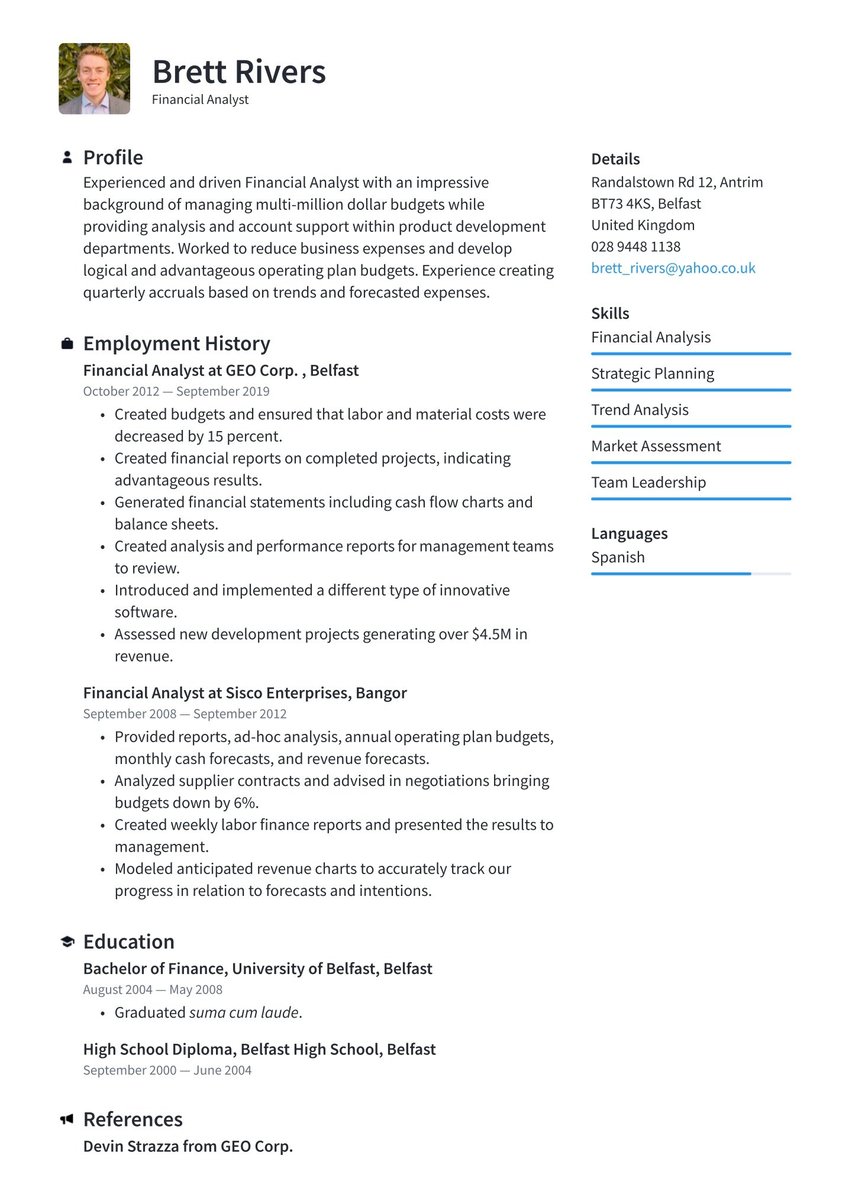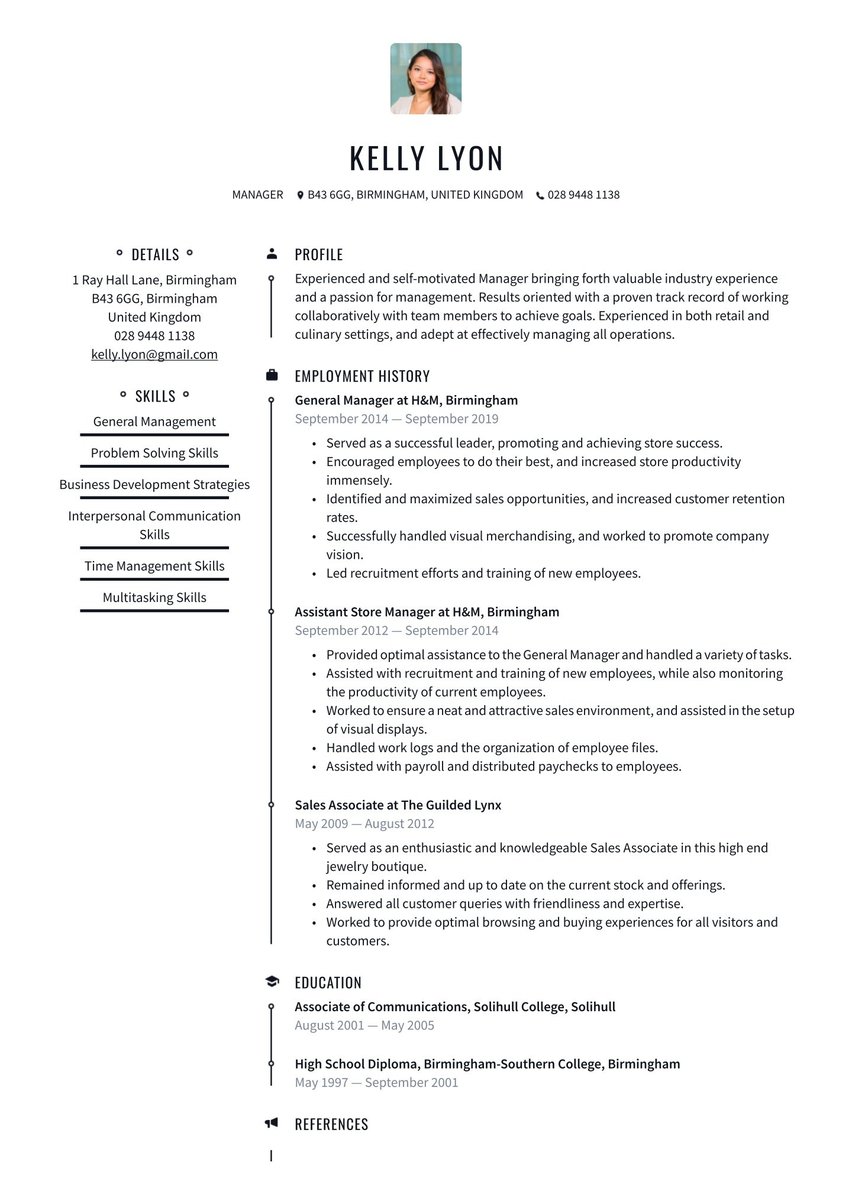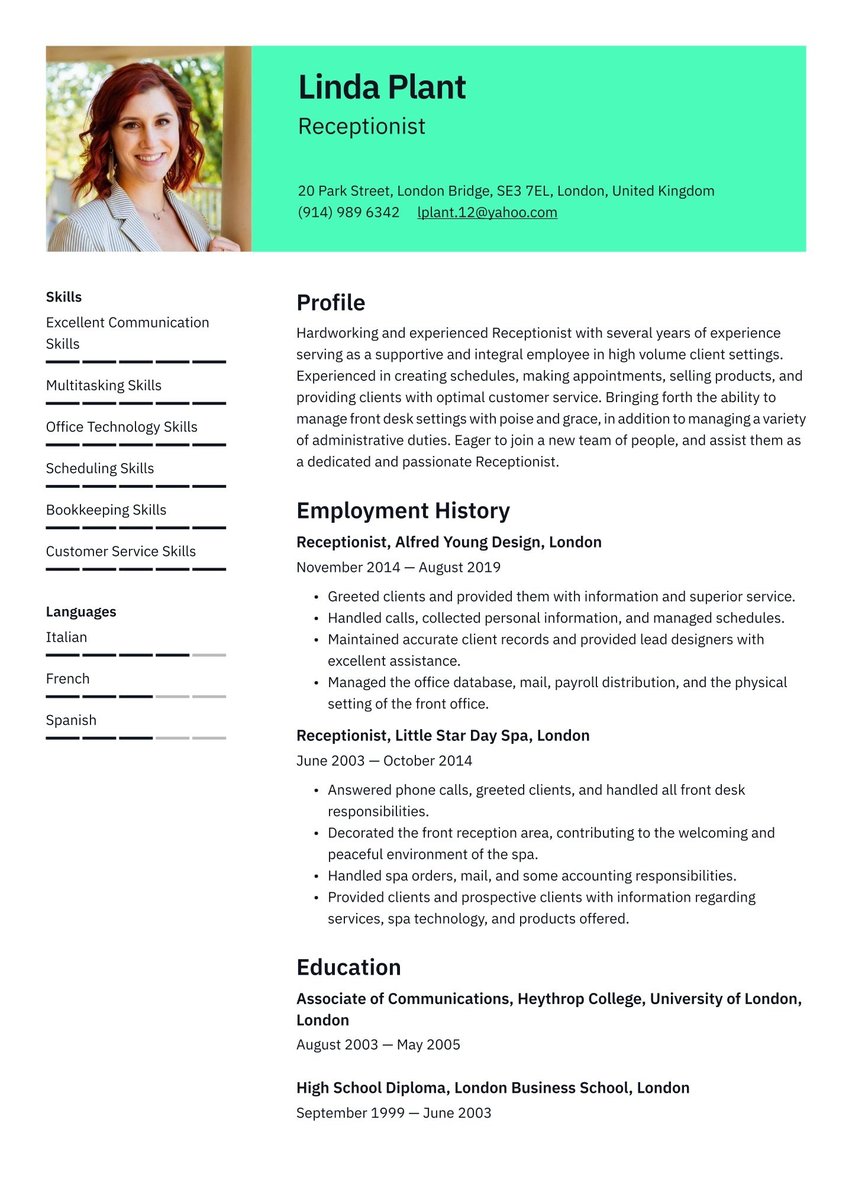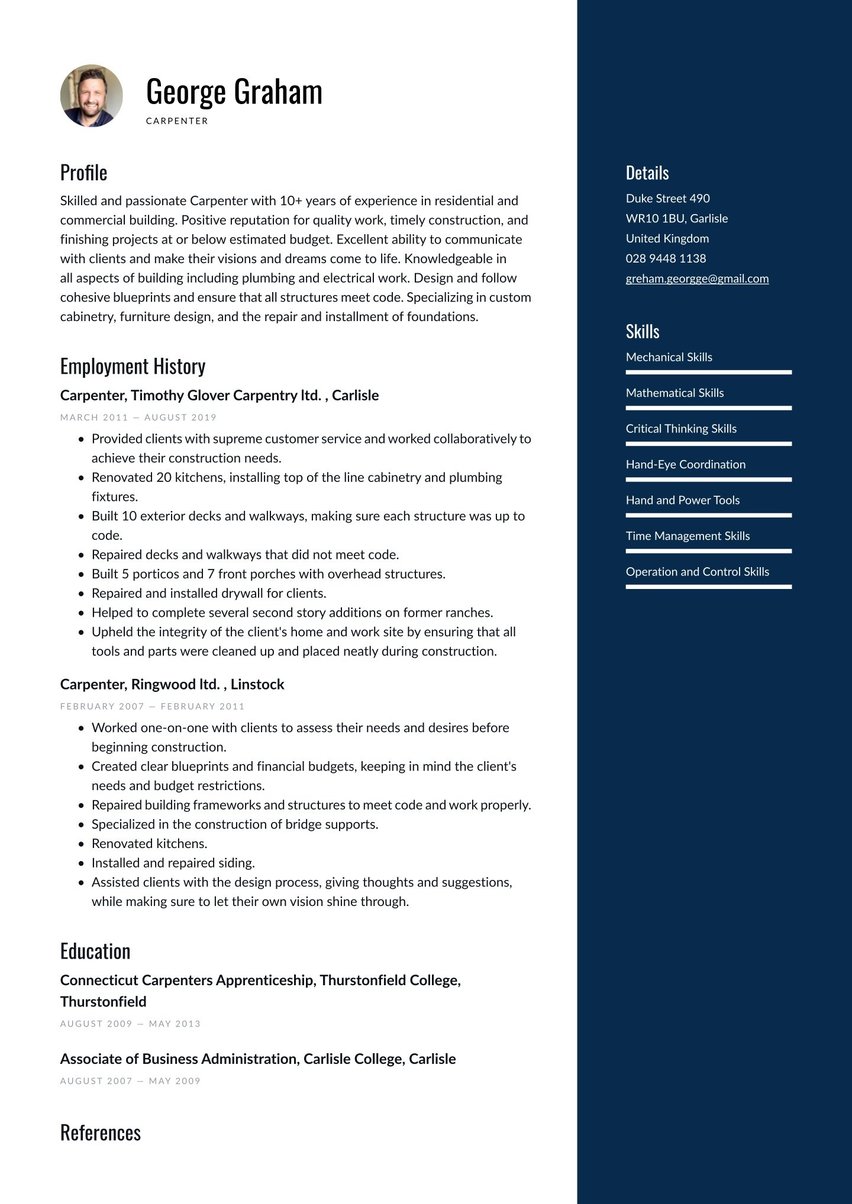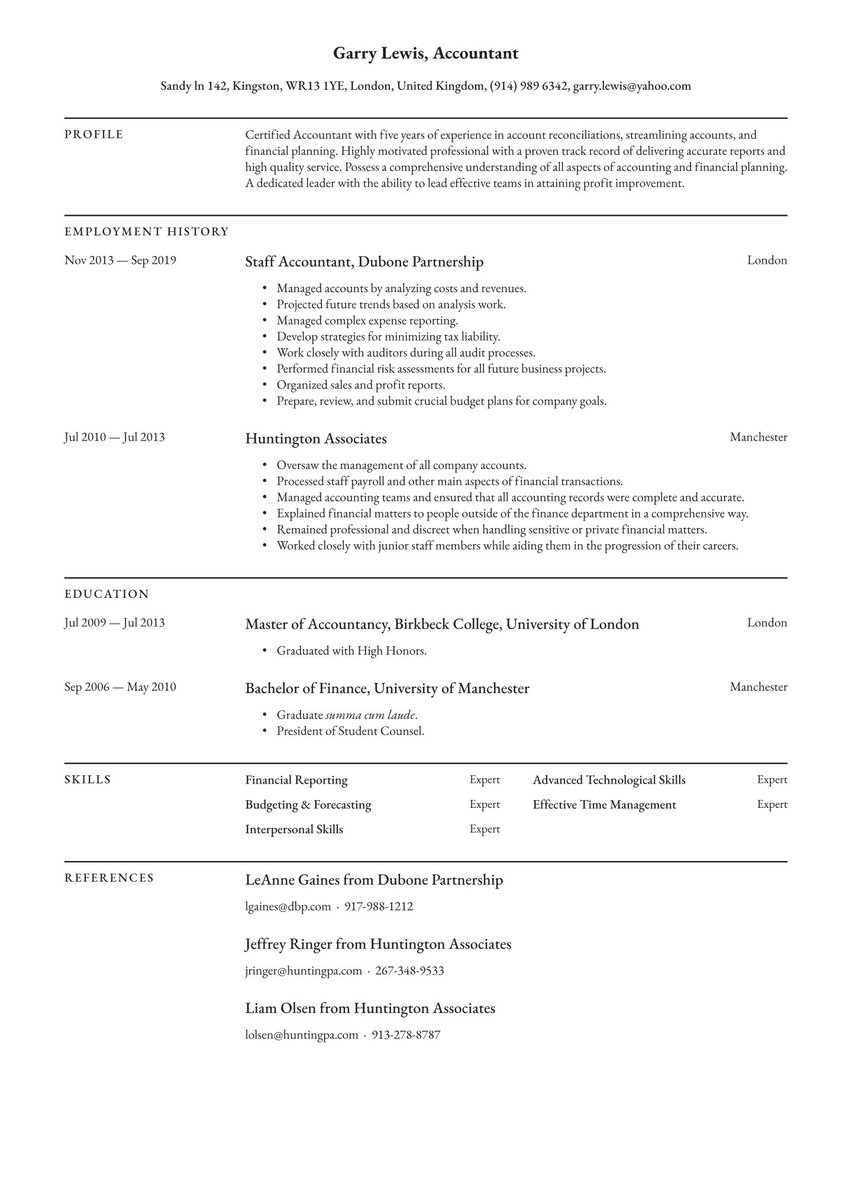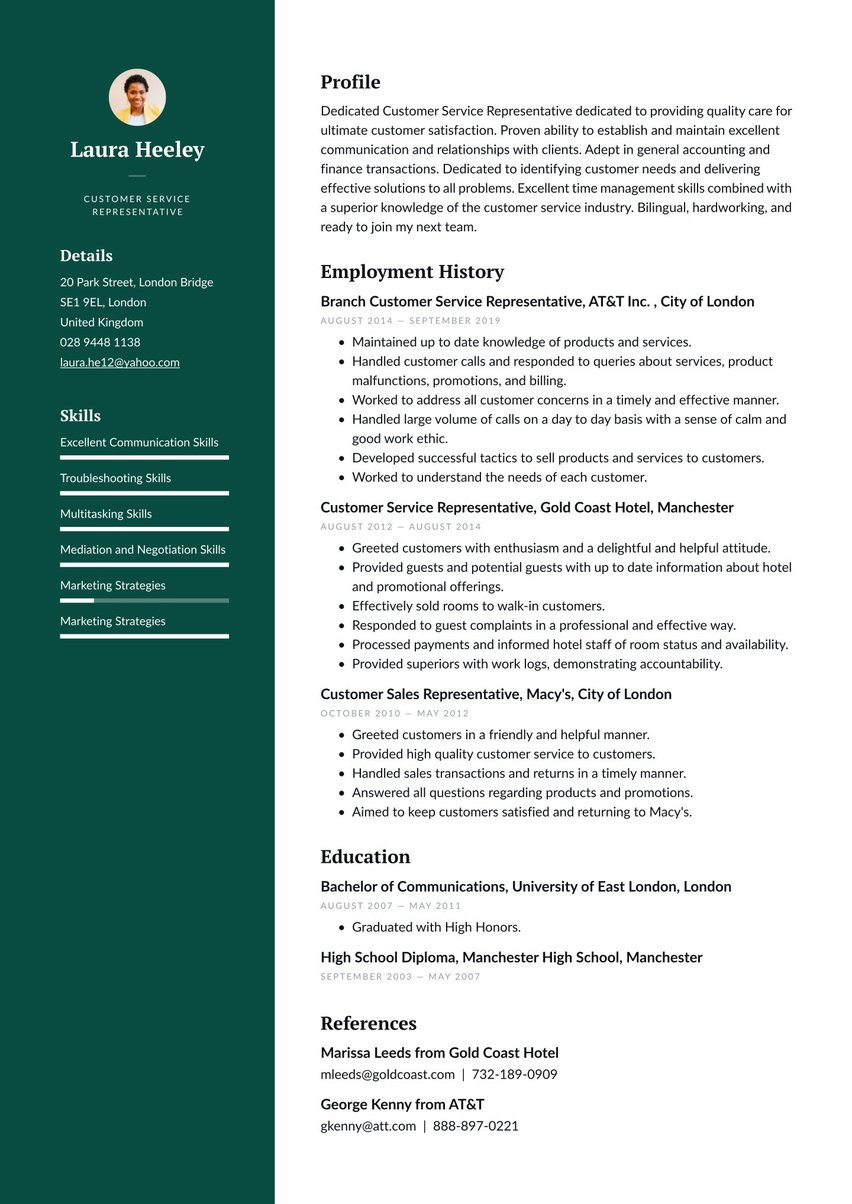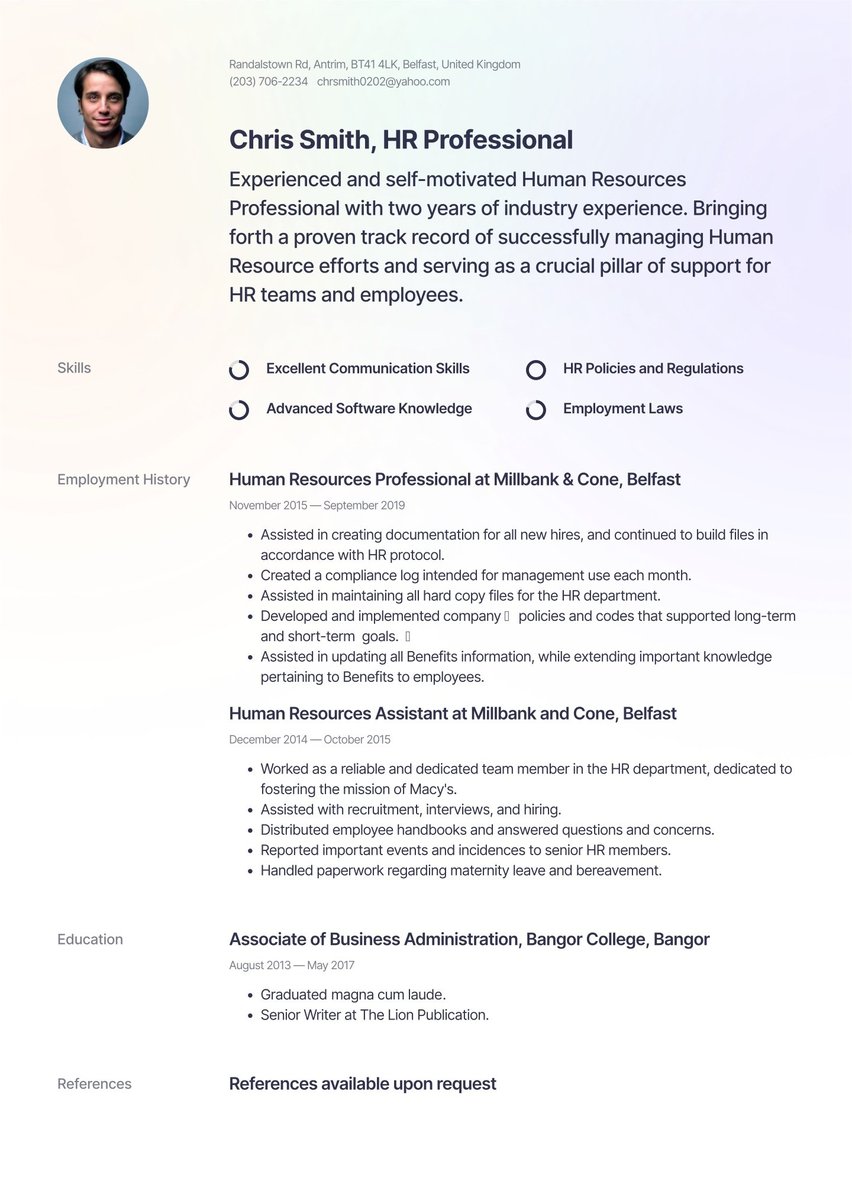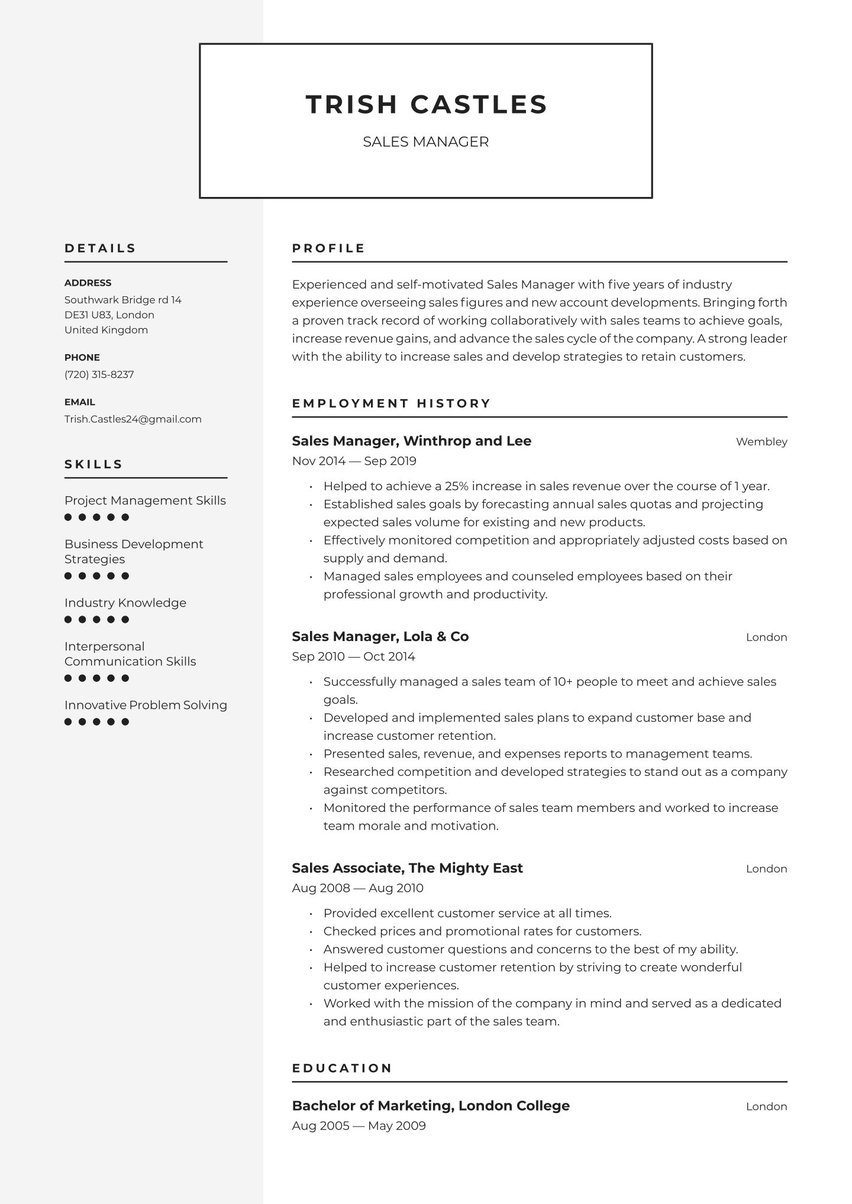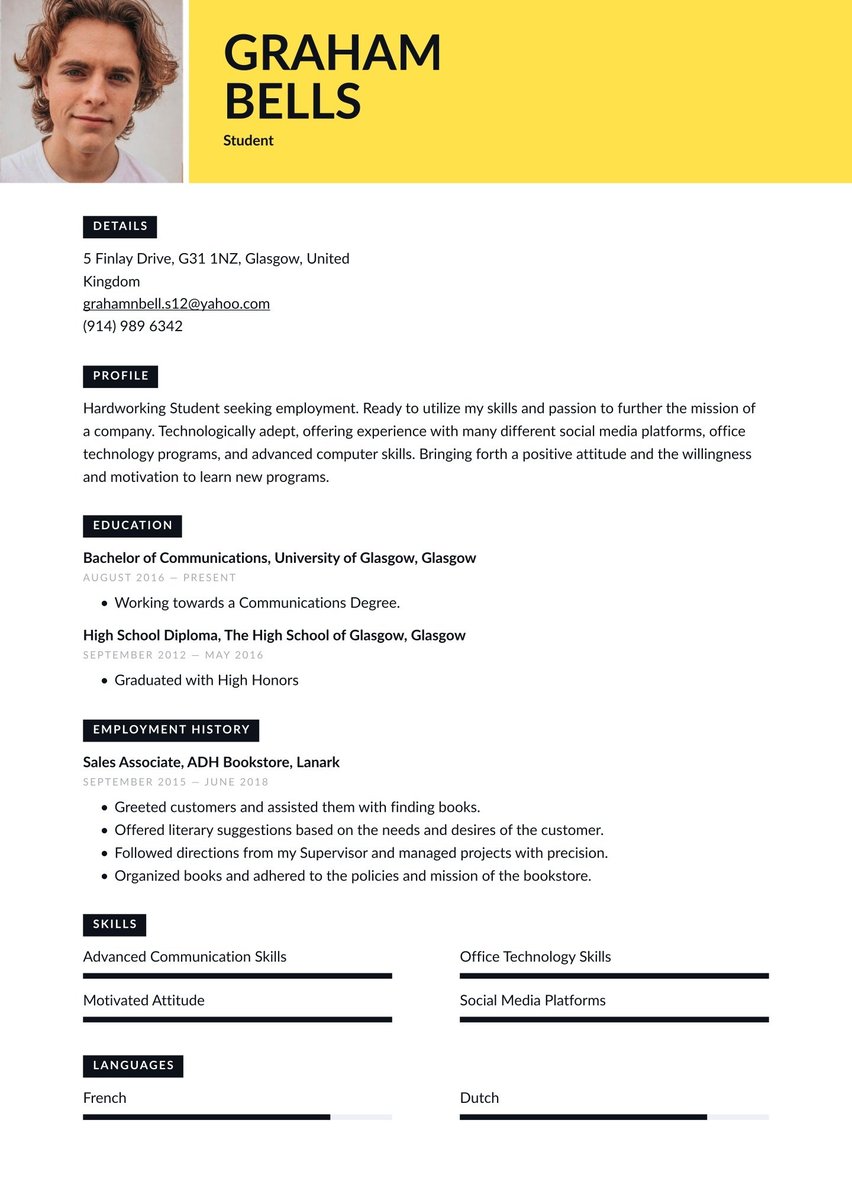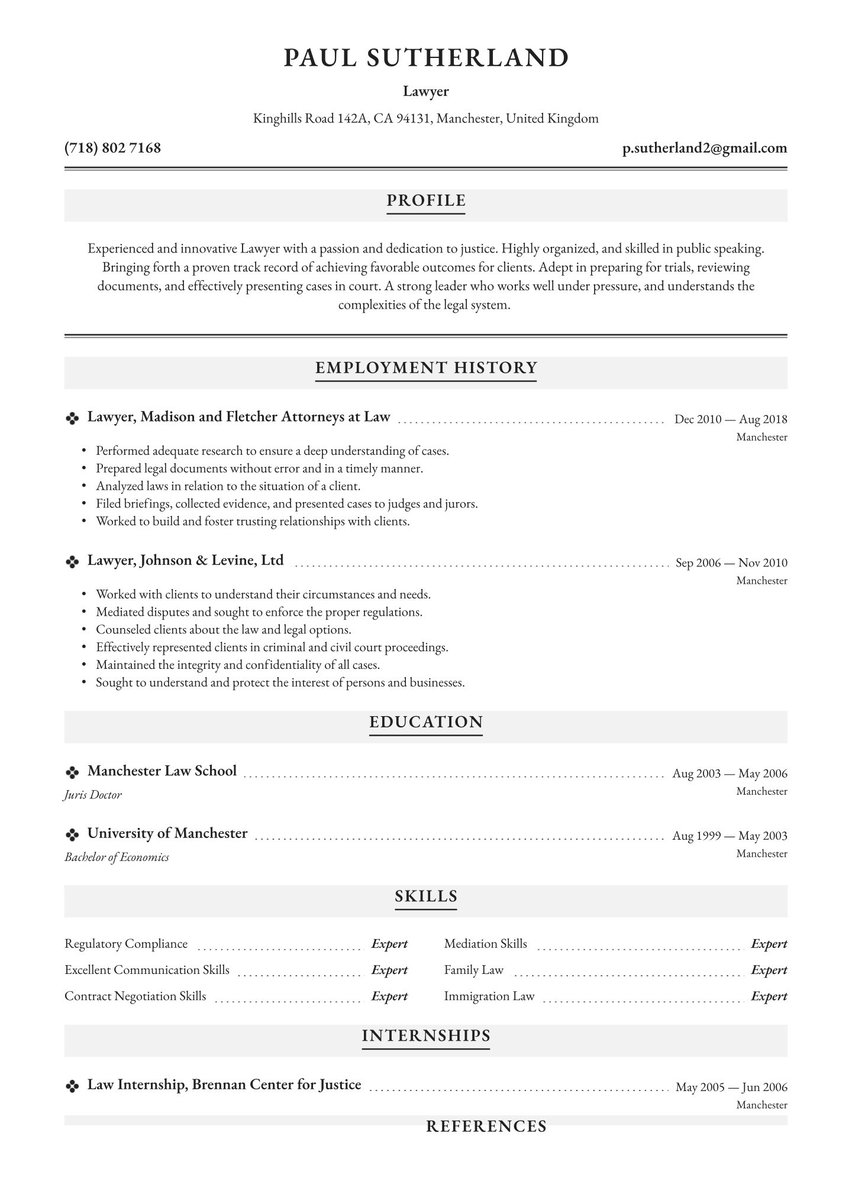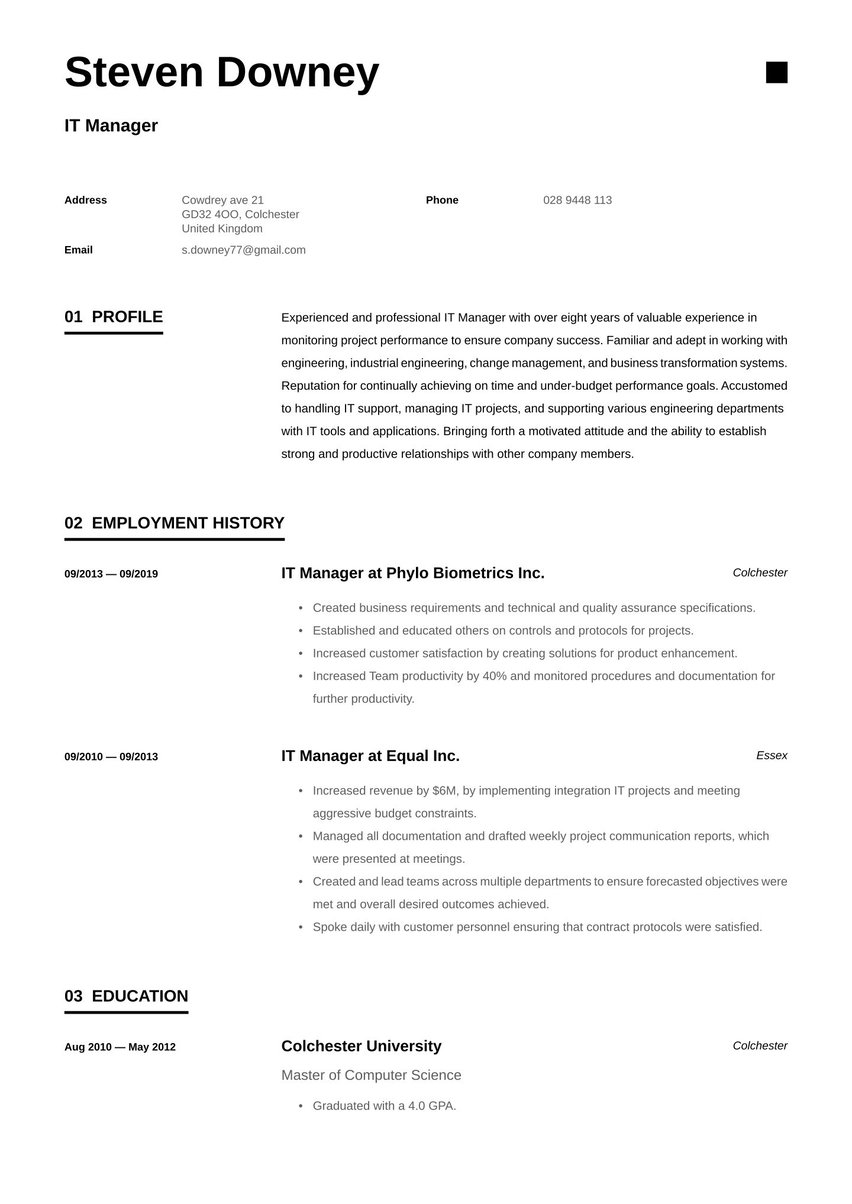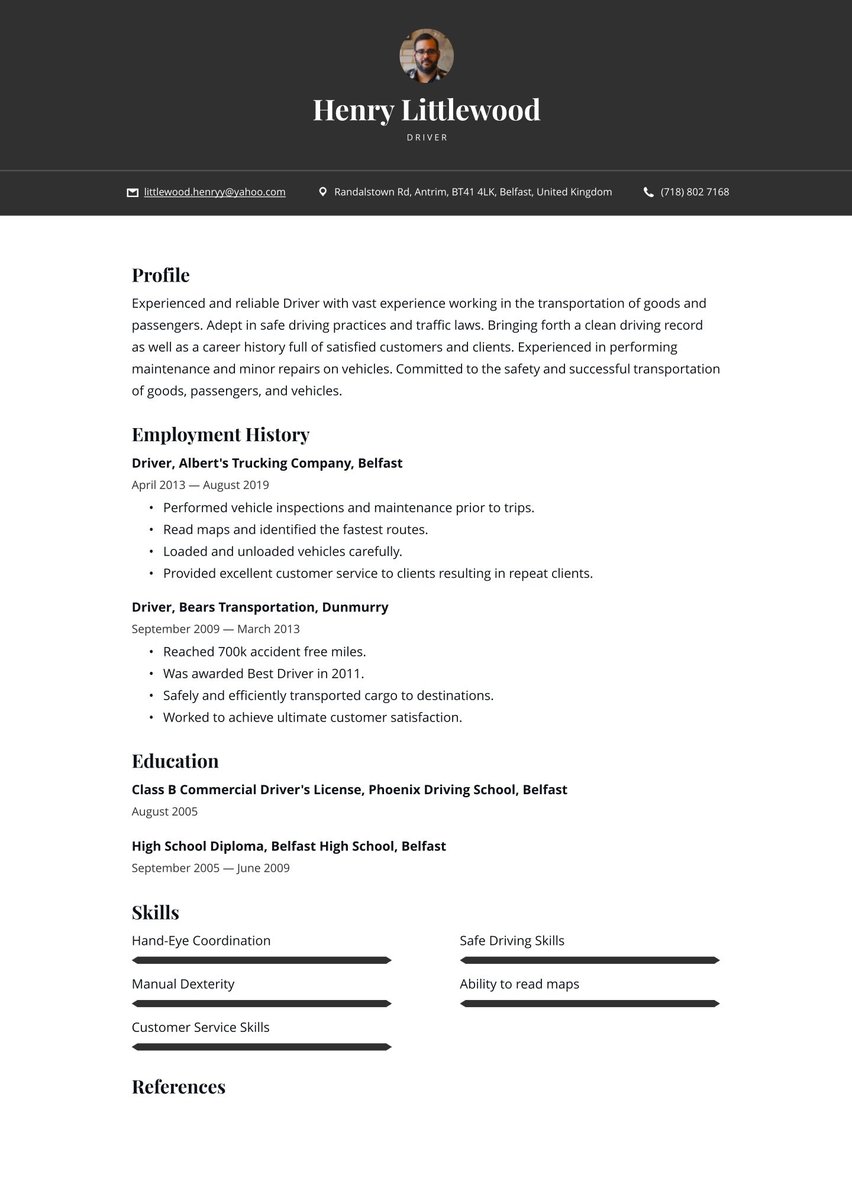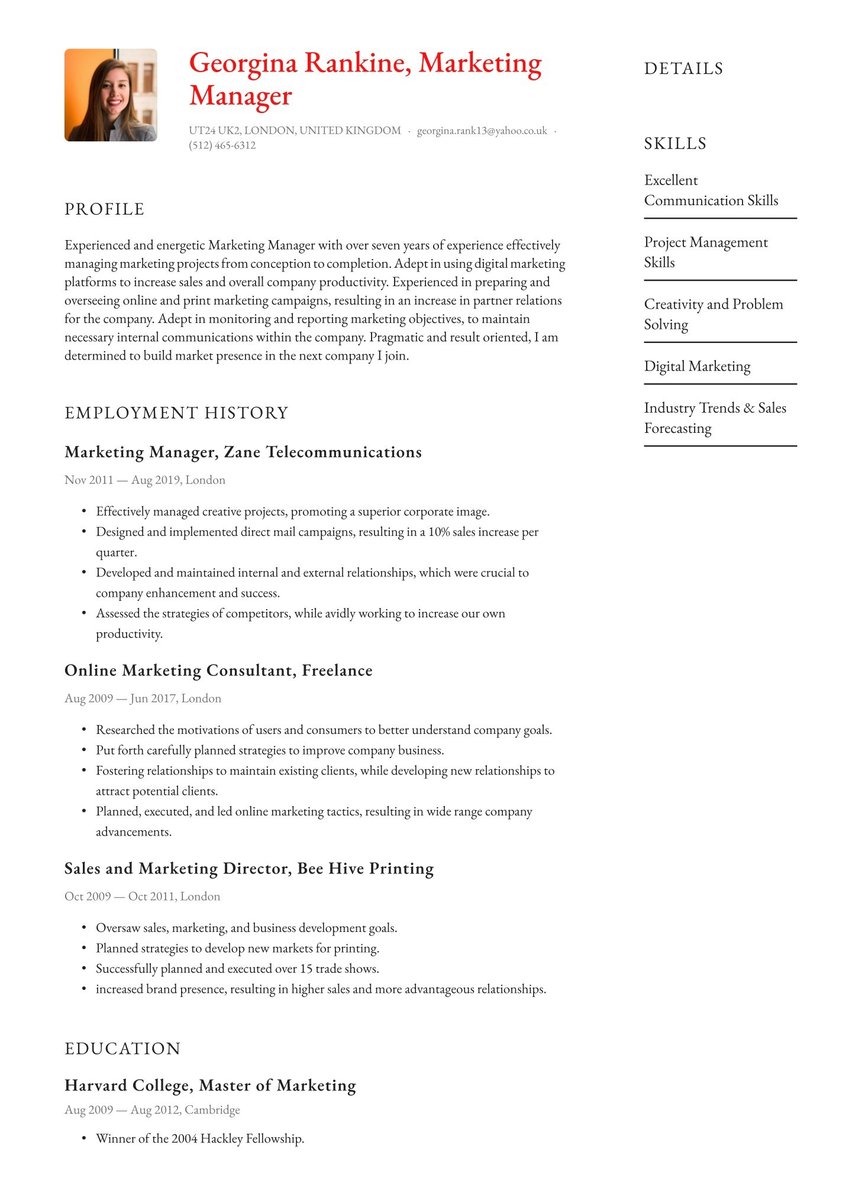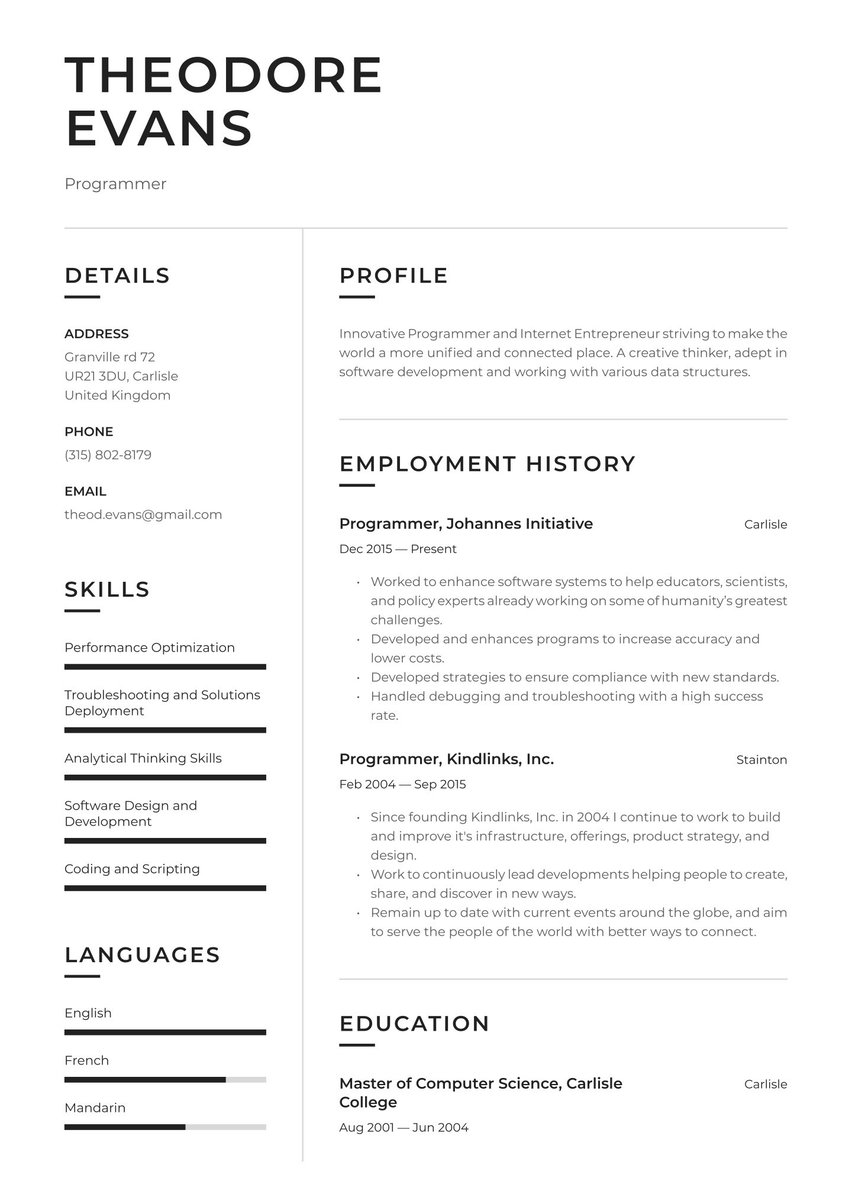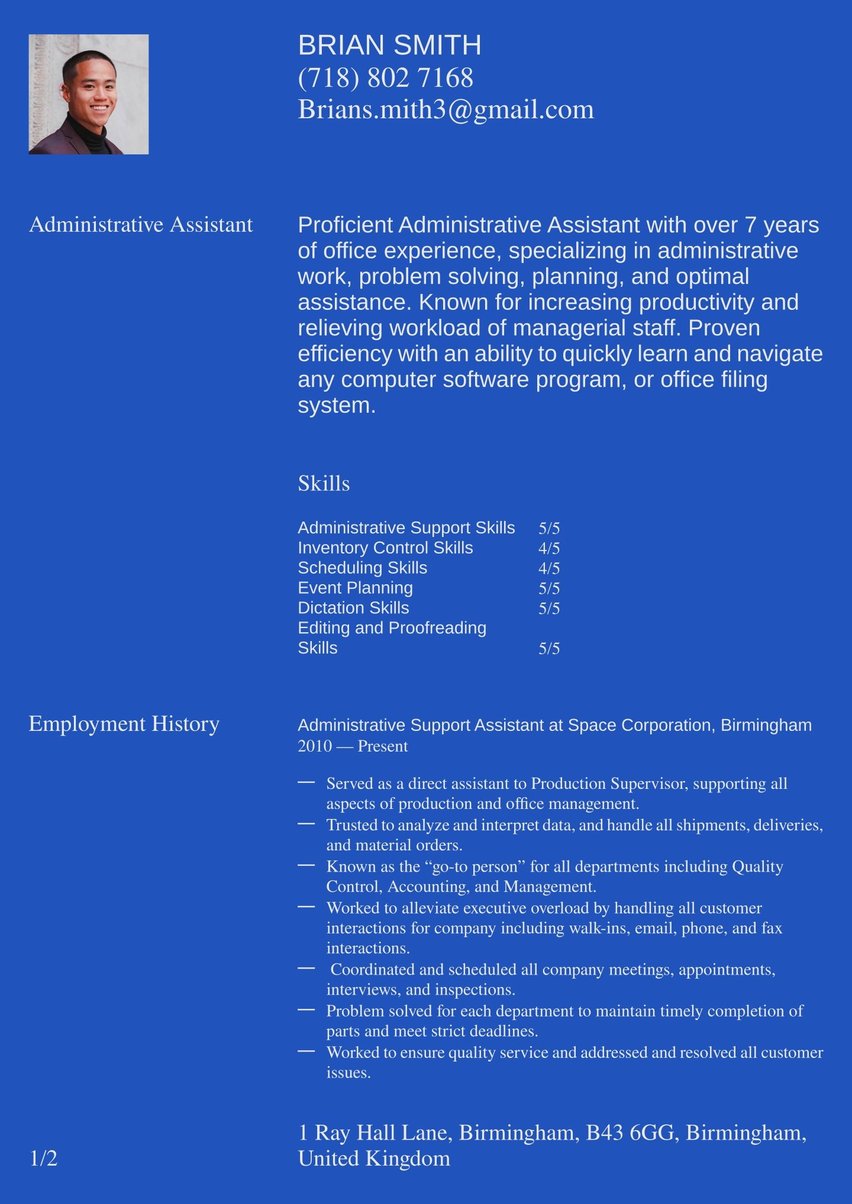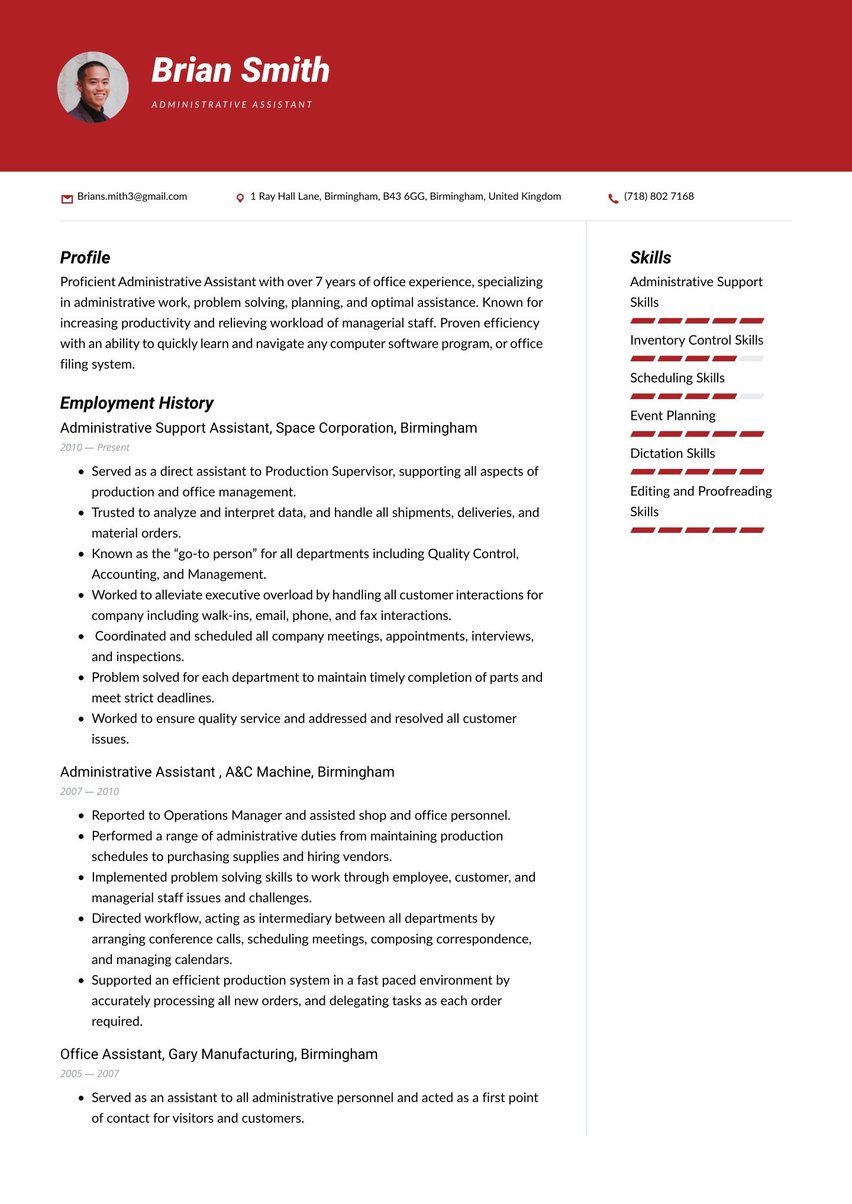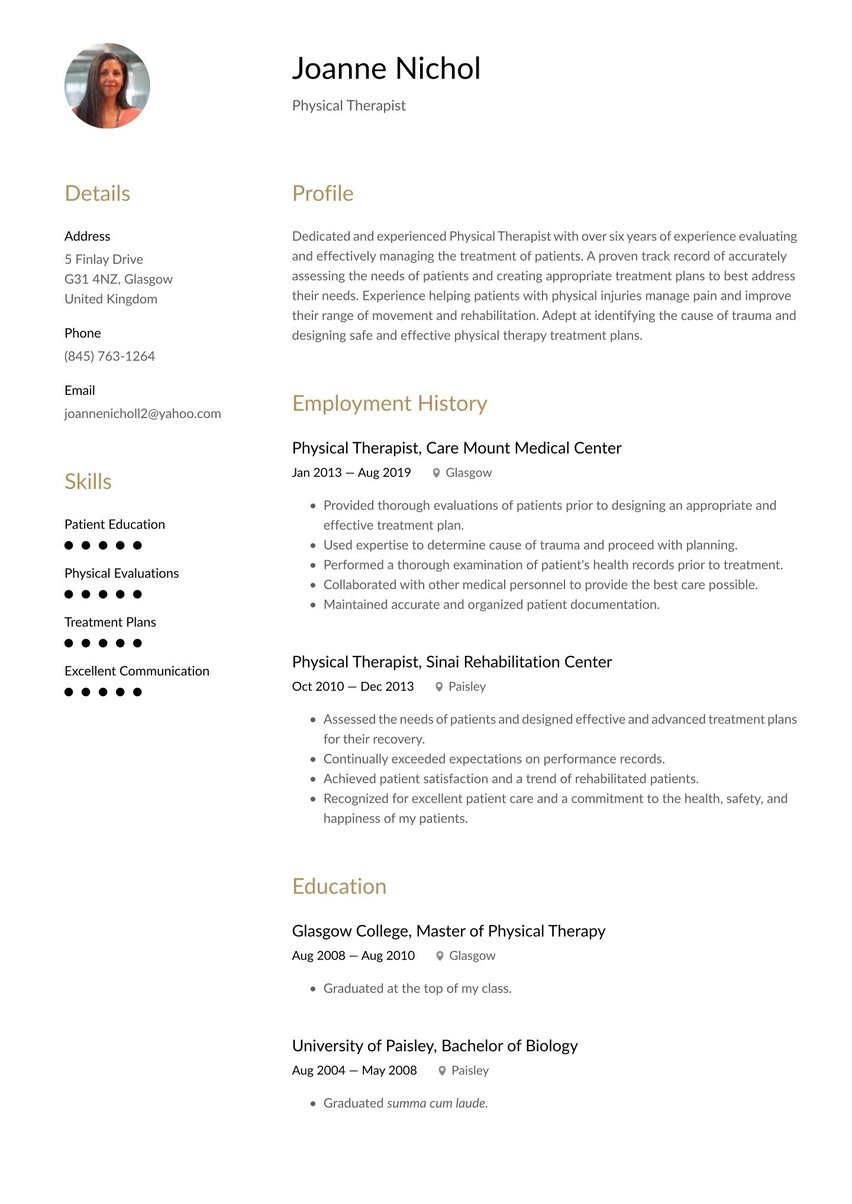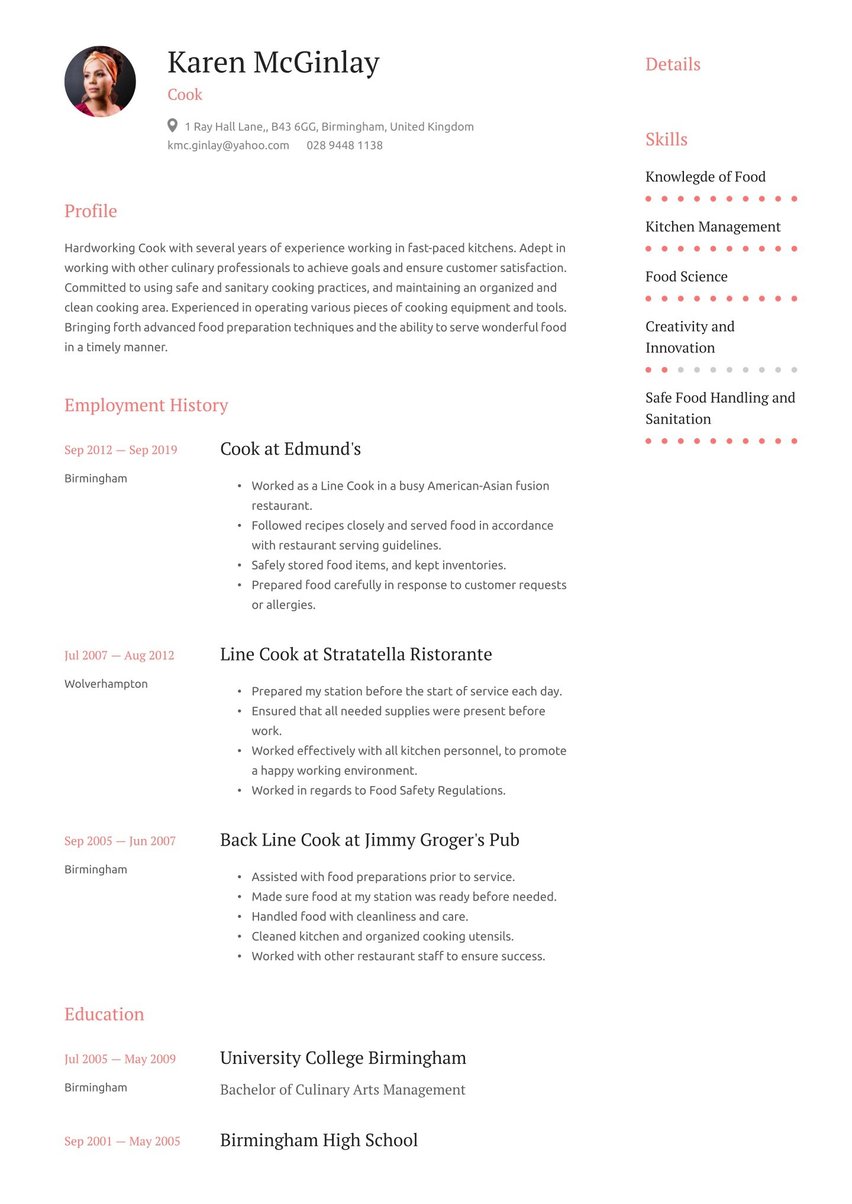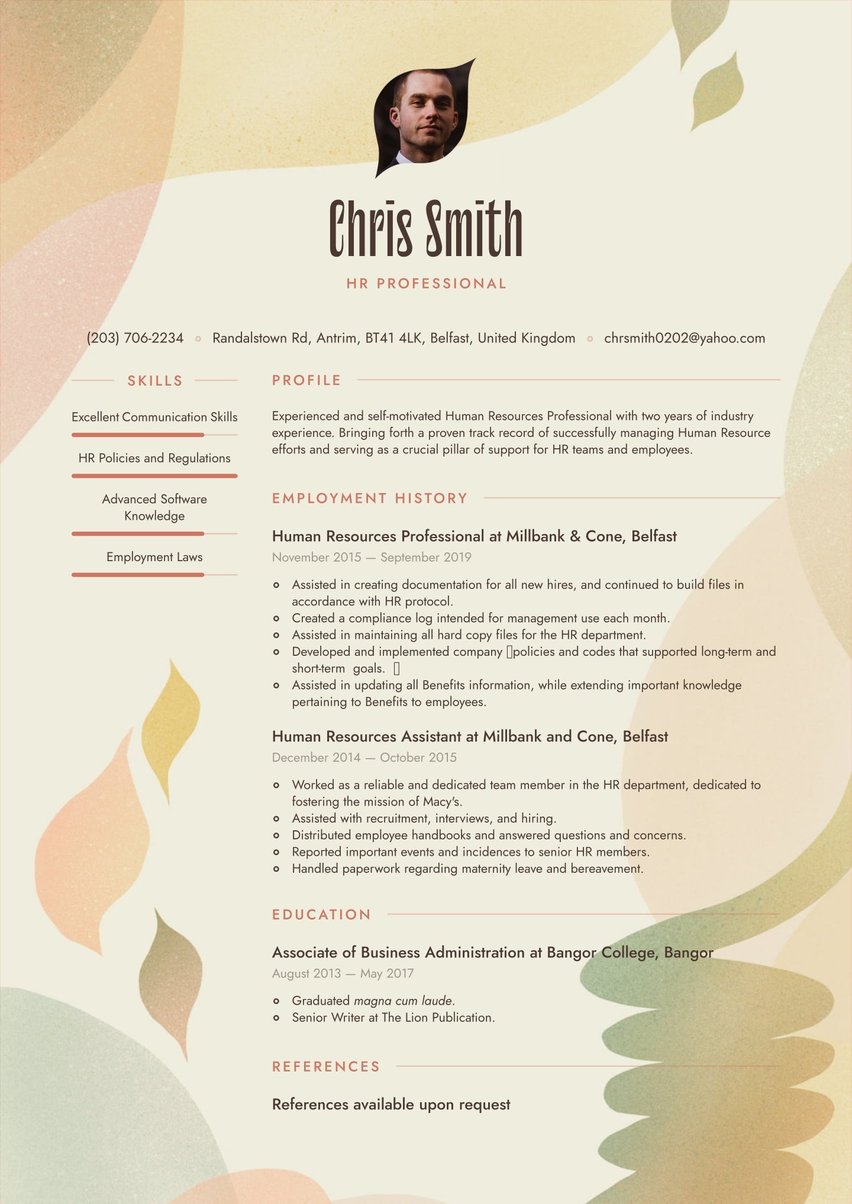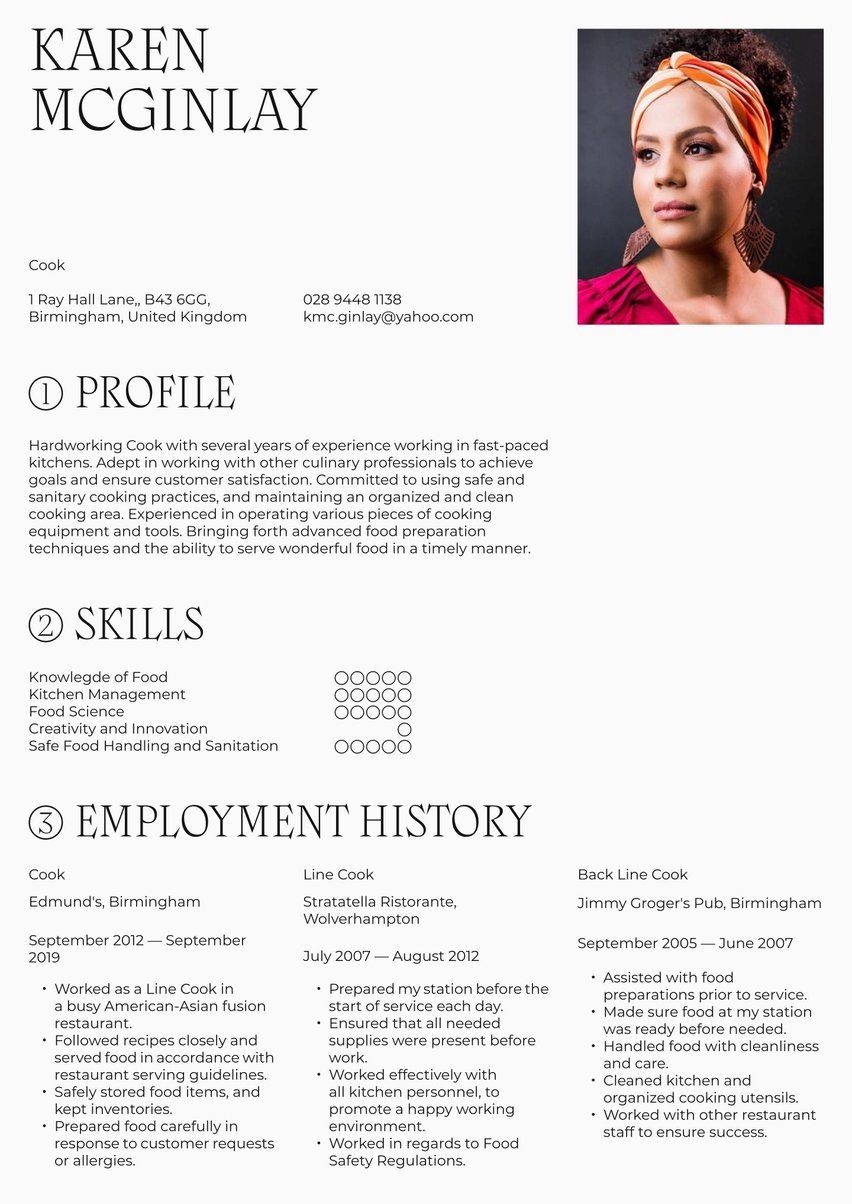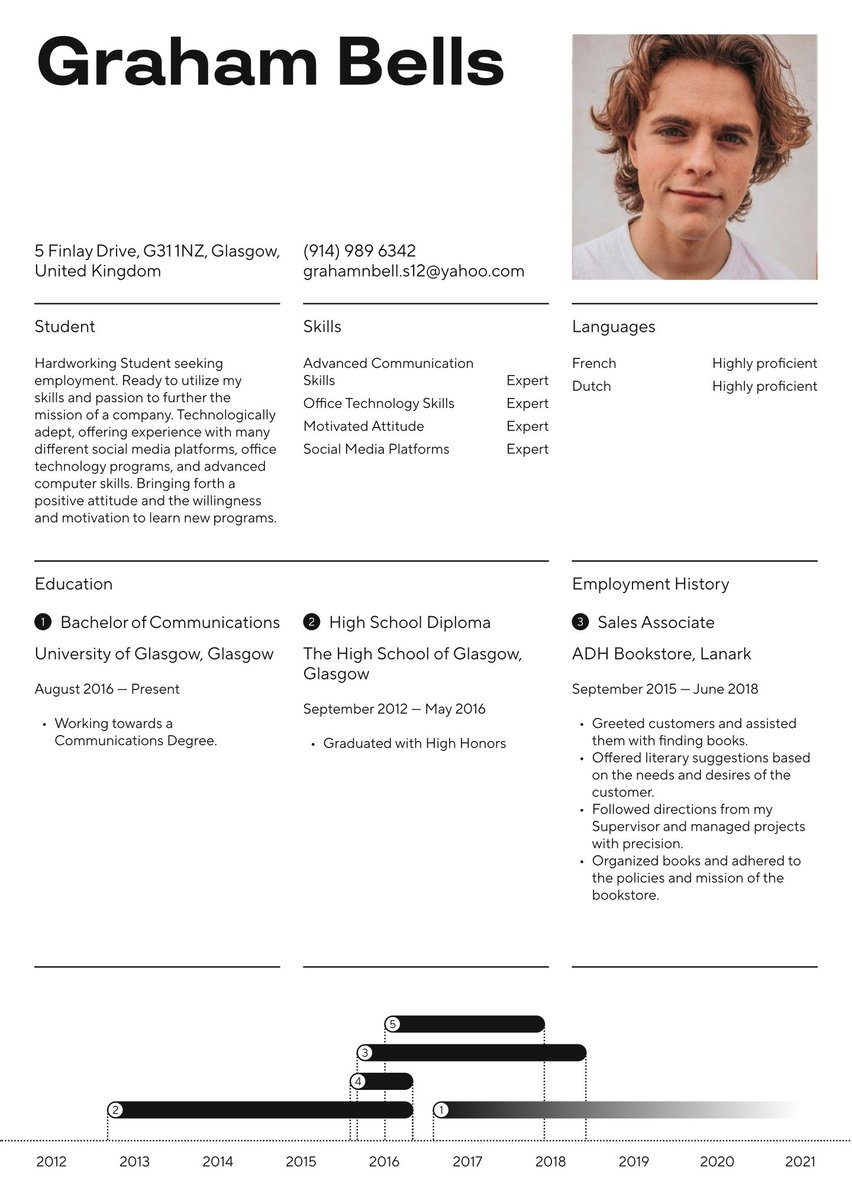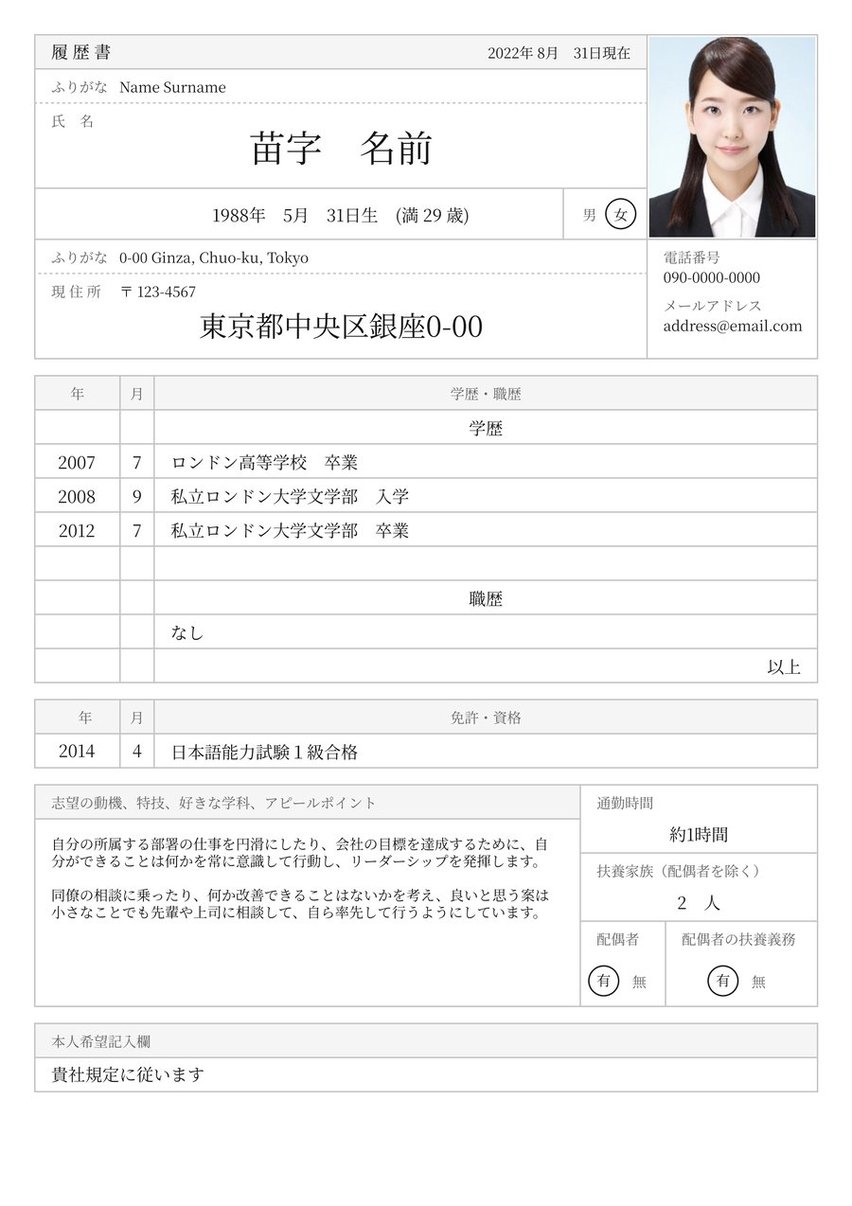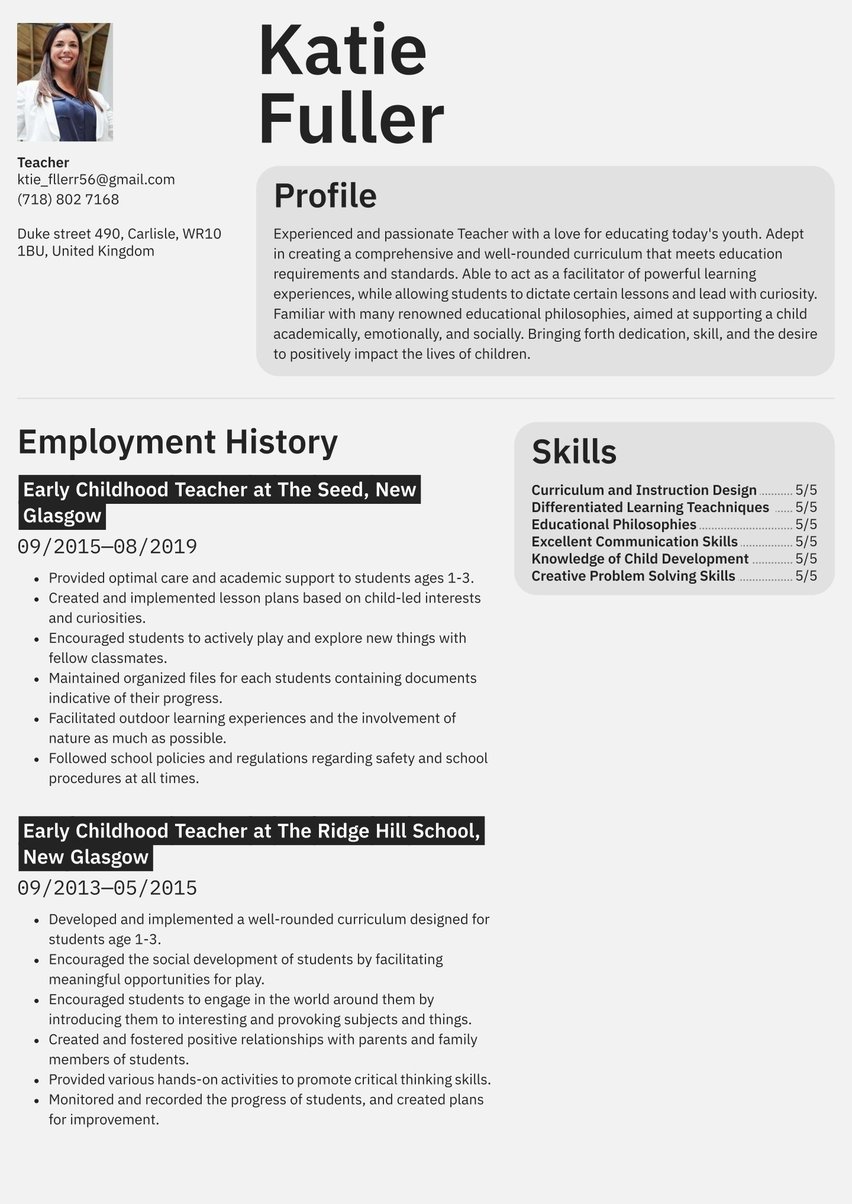Royal College of Veterinary Surgeons registered veterinarian with five years of experience working in a range of clinical settings. Specialised in orthopaedics of small animals. Skilled in strategising and supporting growth of specialised departments and leading empathetic communications with clients from varied backgrounds.
06/2020 - 09/2019, Veterinarian, South Yorkshire Veterinary Partnership, Sheffield
- Lead veterinarian in growing orthopaedics department.
- Executing advanced orthopaedic surgeries.
- Assisting with building specialist orthopaedic teams.
- Communicating with clients from range of backgrounds.
09/2018 - 06/2020, Veterinary Technician, Riverside Animal Clinic, Aberdeen
- Performed routine dental care and immunisation of small animals.
- Executed emergency callouts and stabilised critical patients.
- Interpreted diagnostic images of small animals in orthopaedic department.
- Assisted lead veterinarian with complex orthopaedic surgeries.
10/2012 - 06/2017, BSci Veterinary Medicine and Surgery, Royal Veterinary College,
- Orthopaedic Surgery
- Diagnostics of Small Animals
- Adaptability
- Strong Communication
- Advanced Analytical Thinking
Just as the doctor tends to our ailments, veterinarians look after the needs of our pets and other animals. As a veterinarian, you have a set of skills that are in high demand. However, you'll need a top veterinarian CV to land the job you want.
While veterinarians are in high demand, they’ll need an expertly-crafted CV to convey the years of schooling and experience that make them qualified to do this job. That’s why we’ve created this veterinarian CV example and writing guide. Here’s what we’ll cover:
- The best way to structure your CV is to make it easy for the hiring manager to pick out the most critical aspects of your skills and expertise.
- How to optimise your CV with relevant keywords and get it through the applicant tracking systems.
- The fundamentals of formatting your CV and what you can do to ensure your CV is formatted in the best way for your profession.
- The mistakes you may be making which prevent you from reaching the interview stage!
Expert tip: Resume.io is a provider of professional career resources and tools for job seekers in all fields and stages of their career. Check out our collection of job-specific CV examples and guides for even more guidance.
What does a veterinarian do?
Veterinarians are people who love animals and are qualified to treat a range of ailments. Unlike people, animals don’t know how to tell their owners when they’re feeling sick, so it’s the responsibility of the owner to look out for any unusual signs in their pet. The veterinarian will look at the animal or pet and determine what is wrong with them, providing the appropriate medical care as required. However, veterinary positions can encompass more than just caring for our household furry friends. Food safety, slaughterhouses, and farms are just some examples of other areas that need qualified veterinarians.
A veterinarian may work in different types of areas, including general practice, which is where they act as the first point of contact for animal care, dealing with health checks, vaccinations, neutering, etc. They may also choose to work in emergency care, where they are on hand to deal with urgent cases. Emergency care is usually open 24 hours a day or outside of regular veterinary surgery opening hours. Referral practice is another option, and this involves looking at complex cases in animals.
There’s a huge shortage of vets in the UK, according to the British Veterinary Association. Brexit has limited the number of veterinarians whose qualifications are recognised in the UK and hundreds of jobs remained unfilled in all regions.
Foreign qualifications may still be recognised, but you may be asked to sit an additional examination in order to be recognised by the Royal College of Veterinary Surgeons as a qualified veterinarian.
How to write a veterinarian CV
Veterinarians are highly qualified, professional individuals and their CVs must reflect that. This is the standard format that most CVs will follow:
- The CV header
- The CV summary (aka profile or personal statement)
- The employment history section
- The CV skills section
- The education section
Increase your chances of getting past the automated CV scanners in use at most large organisations by placing keywords from the job description into the appropriate sections of your CV. A keyword is generally any duty or skills emphasised by the employer. Take care to use the exact language from the job description.
Choosing the best CV format for veterinarians
Reverse chronological is the best CV format for veterinarians with some work experience (including internships) to show. This format focuses on the employment history section where you can list your previous positions going back through the past ten years. This is the preferred CV format of hiring managers and automated CV scanners.
While other CV formats exist, they are better suited to career starters or self-employed applicants.
CV summary example: your love of animals
The summary is the 3-5 sentences at the top of your CV where you’ll be able to speak directly to the employer and tell them what makes you qualified for the role. This is the one place on your CV that you’ll also be able to convey your passion and love of animals. If you hold a required licence or are a member of a veterinary association, don’t forget to mention it here. Check out the summary from our CV sample below.
Royal College of Veterinary Surgeons registered veterinarian with five years of experience working in a range of clinical settings. Specialised in orthopaedics of small animals. Skilled in strategising and supporting growth of specialised departments and leading empathetic communications with clients from varied backgrounds.
Employment history sample: experience counts
The main priority for anyone recruiting a veterinarian is usually their experience with animals. The employment history section is the place to list your previous jobs going back through your veterinary experience. Include the employer name, job title, dates worked and location. If you’re just starting out, you may include positions with transferable skills, but vet-related work is always preferable. See our employment history CV sample below.
Veterinarian at South Yorkshire Veterinary Partnership, Sheffield
June 2020 - Present
- Lead veterinarian in growing orthopaedics department.
- Executing advanced orthopaedic surgeries.
- Assisting with building specialist orthopaedic teams.
- Communicating with clients from range of backgrounds.
Veterinary Technician at Riverside Animal Clinic, Aberdeen
September 2018 - June 2020
- Performed routine dental care and immunisation of small animals.
- Executed emergency callouts and stabilised critical patients.
- Interpreted diagnostic images of small animals in orthopaedic department.
- Assisted lead veterinarian with complex orthopaedic surgeries.
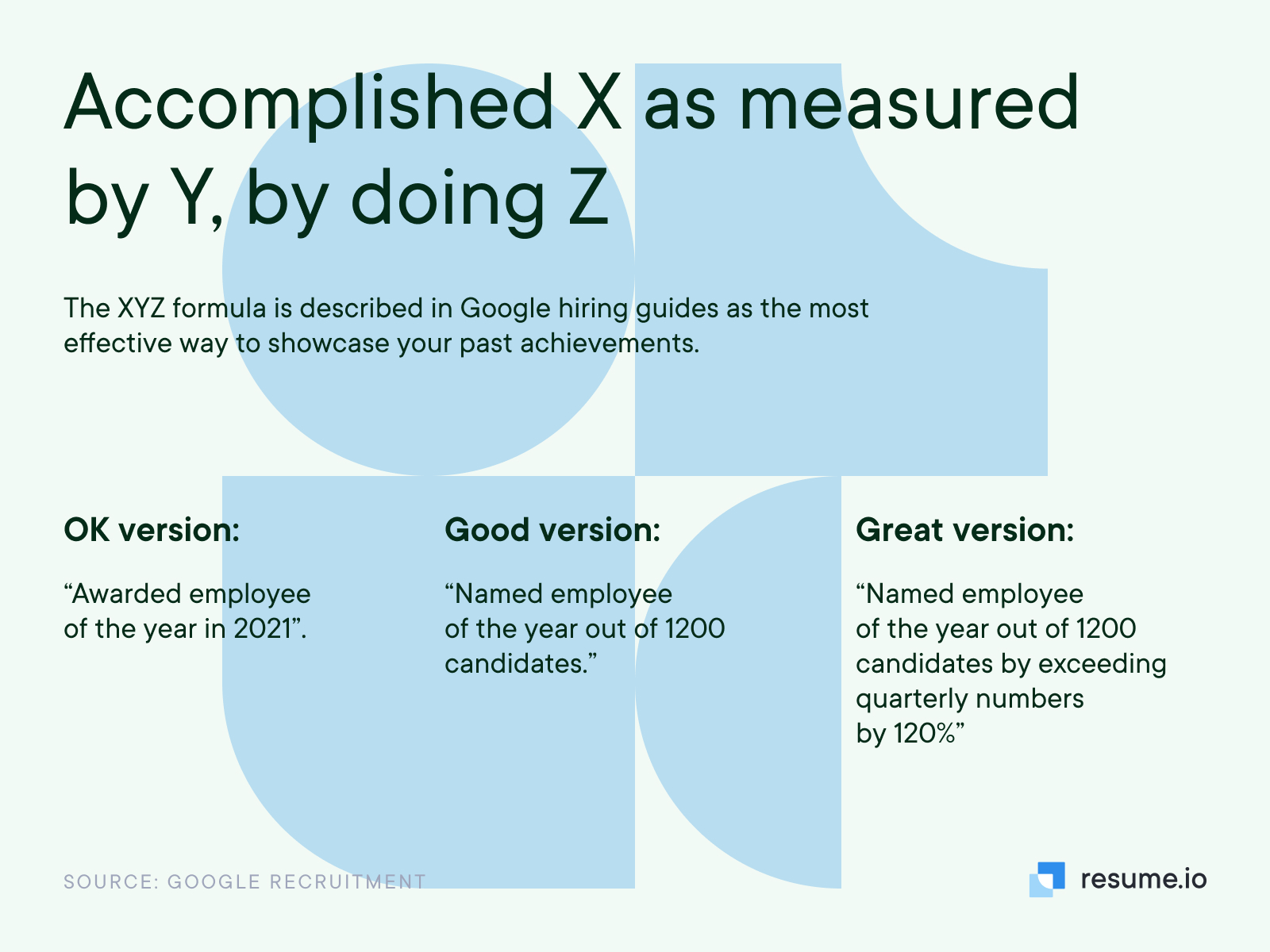
CV skills example: soft skills are key
Veterinarians need to be fully qualified to do the job, which means plenty of textbook knowledge. In addition to this, and just as important, specific soft skills are critical to work in this environment. Make sure your CV skills section includes a mix of all of these attributes. This is also the section to point out any areas of expertise or specialities you may have. Below you’ll find our CV sample for the skills section.
- Orthopaedic Surgery
- Diagnostics of Small Animals
- Adaptability
- Strong Communication
- Advanced Analytical Thinking
Veterinarian CV education example: what matters
Your education is what qualifies you to be a veterinarian so don’t forget to list it here. Veterinarian certifications are also essential, and depending on the state you live in, you may also need additional licences. If you don’t have any relevant experience, your education can be placed under the summary, where it will become more prominent.
BSci Veterinary Medicine and Surgery, Royal Veterinary College
October 2012 - June 2017
CV layout and design
Veterinarians are qualified professionals, and as such, you should use a format that reflects this. Make sure to choose a professional font style and stay consistent with the sizes throughout your CV. A balance of white space to text helps lead the eye down the page and avoid visual fatigue for the reader.
Consider using a professionally-designed CV template to avoid costly errors in your layout.
Key takeaways for a veterinarian CV
- Make sure you follow a set structure throughout your CV. The reverse chronological format is best for veterinarians.
- Get a good understanding of the employer’s work style and core values so that you can tailor your CV for these factors.
- The hiring manager should finish reading your CV with a strong sense of your adoration for animals and your caring nature. After all, these are vital qualities in this role.
- Check out our adaptable CV summary for more ideas on creating a great layout and design.

